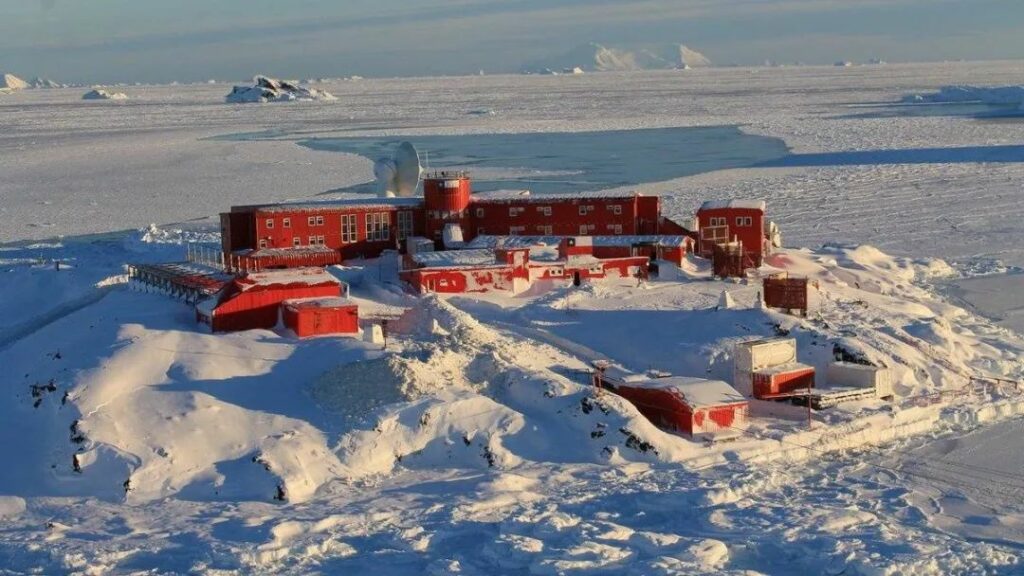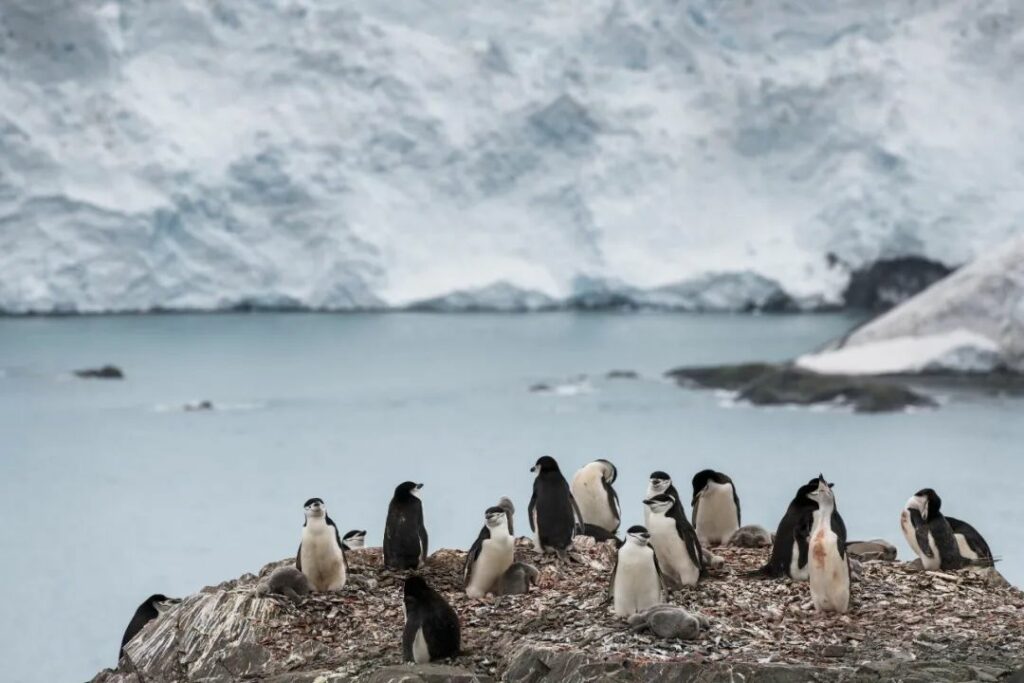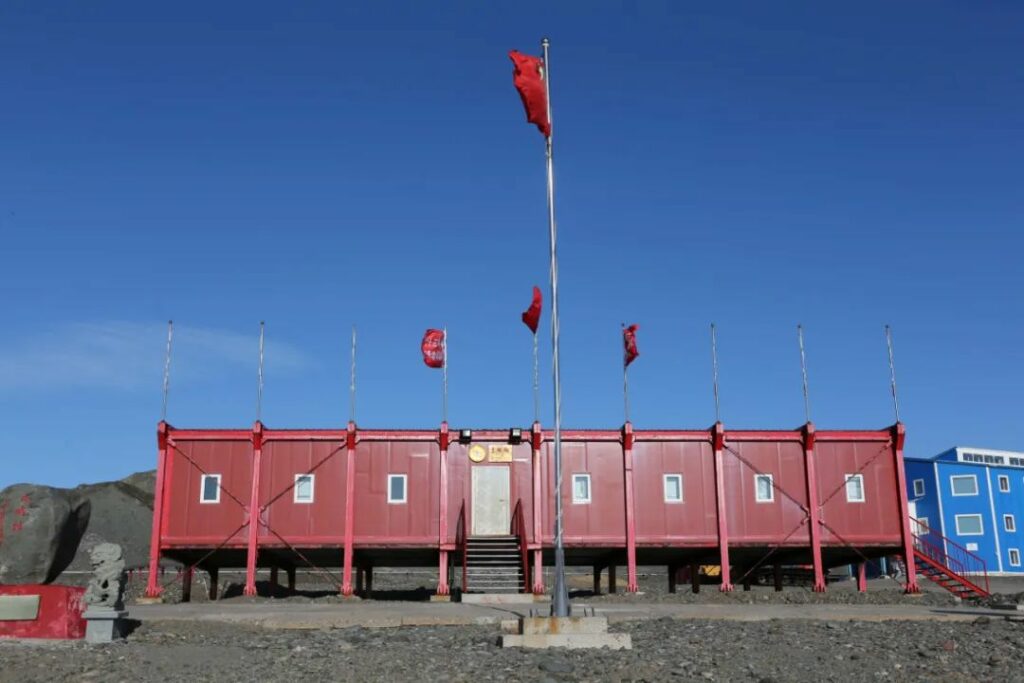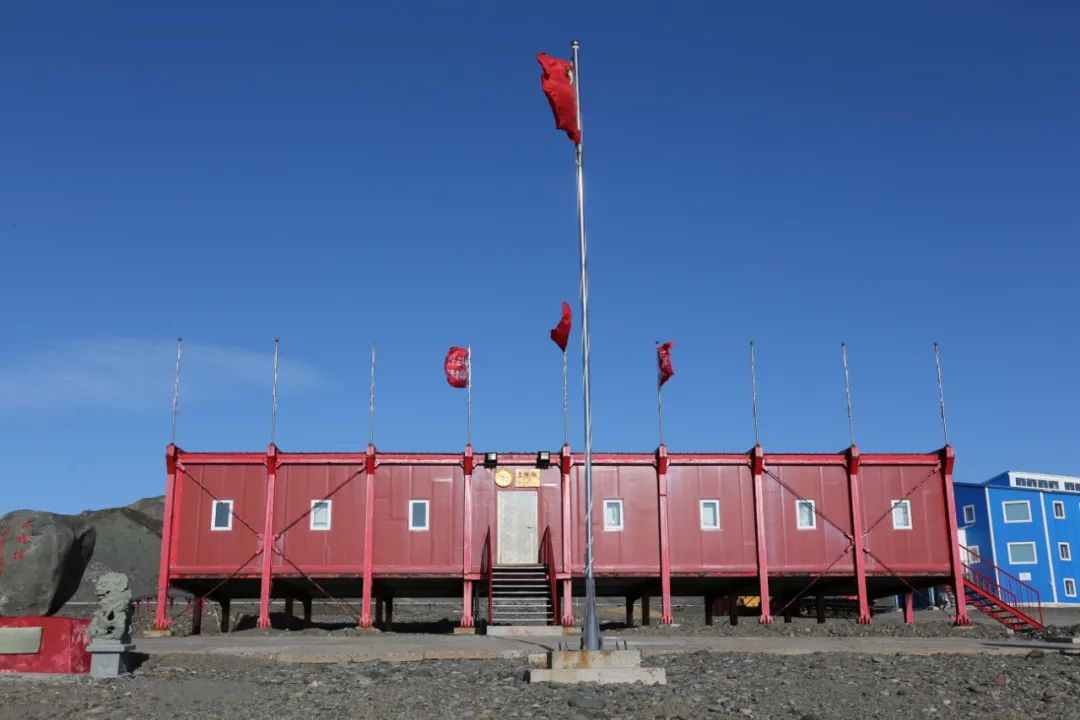Recently, the news of the coronavirus epidemic at Chile’s Antarctic base has attracted global attention, which means that the last “pure land” on seven continents of the world has also been broken by the novel coronavirus. According to the latest situation learned by Xinhua News Agency reporters in Chile, China’s 36th Antarctic Great Wall Station wintering team is now normal.
36 people at a base tested positive.
All infected and close contacts have been evacuated from the base.
According to local media reports on the 22nd, Chile’s Bernardo Oykins Riquelme base in Antarctica has reported the novel coronavirus, and 36 people have tested positive for the novel coronavirus.
The media quoted a communiqué issued by the Chilean military as saying that 26 of the 36 were active army personnel and 10 were civilians responsible for the maintenance of the base. Recently, they showed symptoms of COVID-19 during their duties at the base. The military rotated personnel in time and completely cleaned and killed the base.
The Chilean navy reported on the 17th that three of the 208 crew members of the Navy’s Sgt. Aldea, who recently visited the base of Bernardo Oykins Riquelme, tested positive for the novel coronavirus, and two other army soldiers on board the ship tested positive after arriving in southern Chile.

The Chilean Antarctic Research Institute and the Ministry of Foreign Affairs of Chile released a briefing to the Antarctic Treaty secretariat on the 23rd, saying that all people infected with the novel coronavirus and their close contacts at their Antarctic base have been evacuated to a city in southern Chile.
According to the briefing, a total of 67 personnel from the Bernardo Ojkins Riquelme base, including 36 confirmed cases, have been evacuated to the southern Chilean city of Punta Arenas. Another 19 people arrived at the base for defense. They were precautionaryly quarantined before going to Antarctica, and the results of viral nucleic acid testing were negative.
In addition, all personnel of the Chilean Antarctic Base in Fields Bay and King George Island have been tested for COVID-19 nucleic acid. One of them tested positive, and this person has been transferred to Punta Arenas together with his close contacts.

According to the reporter, Punta Arenas is known as the gateway to and from Antarctica, but its Magellan region has been the region with the highest incidence of COVID-19 in Chile in recent months. The investigation of how the virus reached the Antarctic beyond various strict epidemic prevention measures is still under way.
A total of 32 people at Chile’s two bases in Greenwich Island and the Gulf of Paraiso perform their duties normally. They have no history of exposure to people infected with the novel coronavirus. Other Antarctic bases and scientific research sites in Chile, located in Margarita Bay, Robert Island and other places, are currently unmaned.
The Great Wall Station winter team is normal and strictly prevents the epidemic.
Xinhua News Agency reporter learned from the Chinese Embassy in Chile that 14 members of China’s 36th Antarctic Great Wall Station wintering team are currently in good health, and their daily temperature monitoring is normal, and there are no suspected symptoms of COVID-19.
Since the outbreak of COVID-19, the inspection team has set up an epidemic prevention and control team and formulated an epidemic prevention and control plan. In March this year, in accordance with the requirements of epidemic prevention and control, the Great Wall Station banned all tourist groups from visiting the island, and banned foreign vehicles and personnel from entering the station area. In mid-March, the regular food supply work began to be cancelled. At present, the Great Wall Station has stockpiled some epidemic prevention materials.

In recent months, Antarctic research and military sites have done everything they can to prevent the epidemic, taking measures such as canceling travel, cutting activities and personnel and blocking facilities, Reuters reports.
Researchers from the British Antarctic Expedition said that 1,000 people at 38 stations in Antarctica had previously spent the winter safely, but as the weather warmed up in the southern hemisphere, people increased in spring and early summer, increasing the risk of COVID-19 infection.
Sky News reported that Antarctica’s population fluctuates greatly with seasonal turnover, with about 1,000 people in winter and 5,000 in summer. Although Antarctica’s population is small, the emergence of coronavirus cases may have a significant impact.



